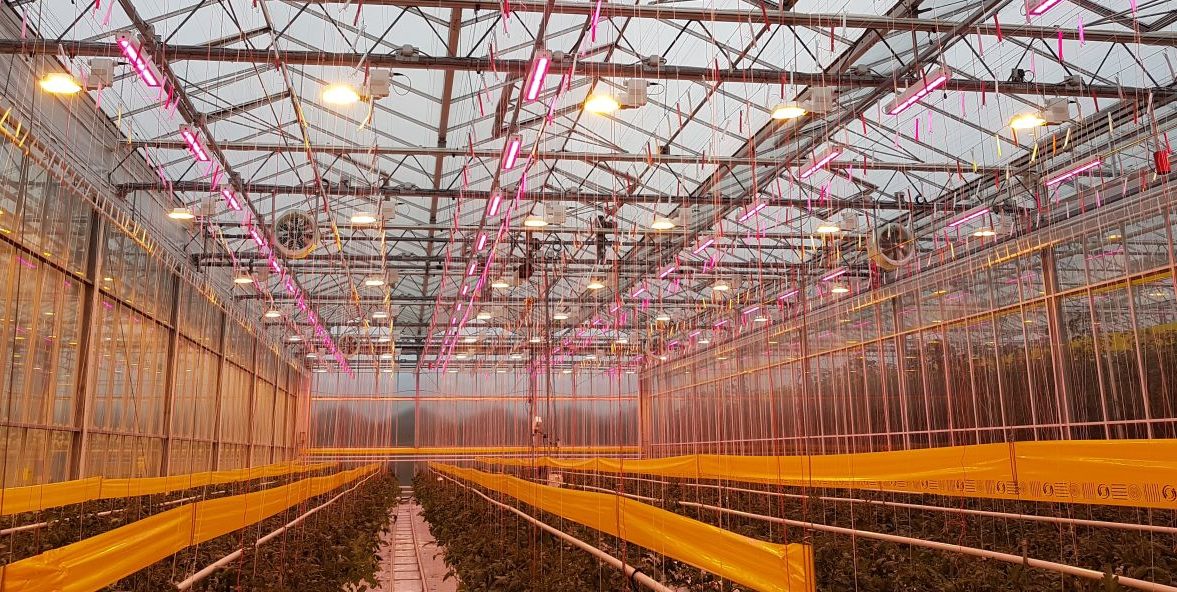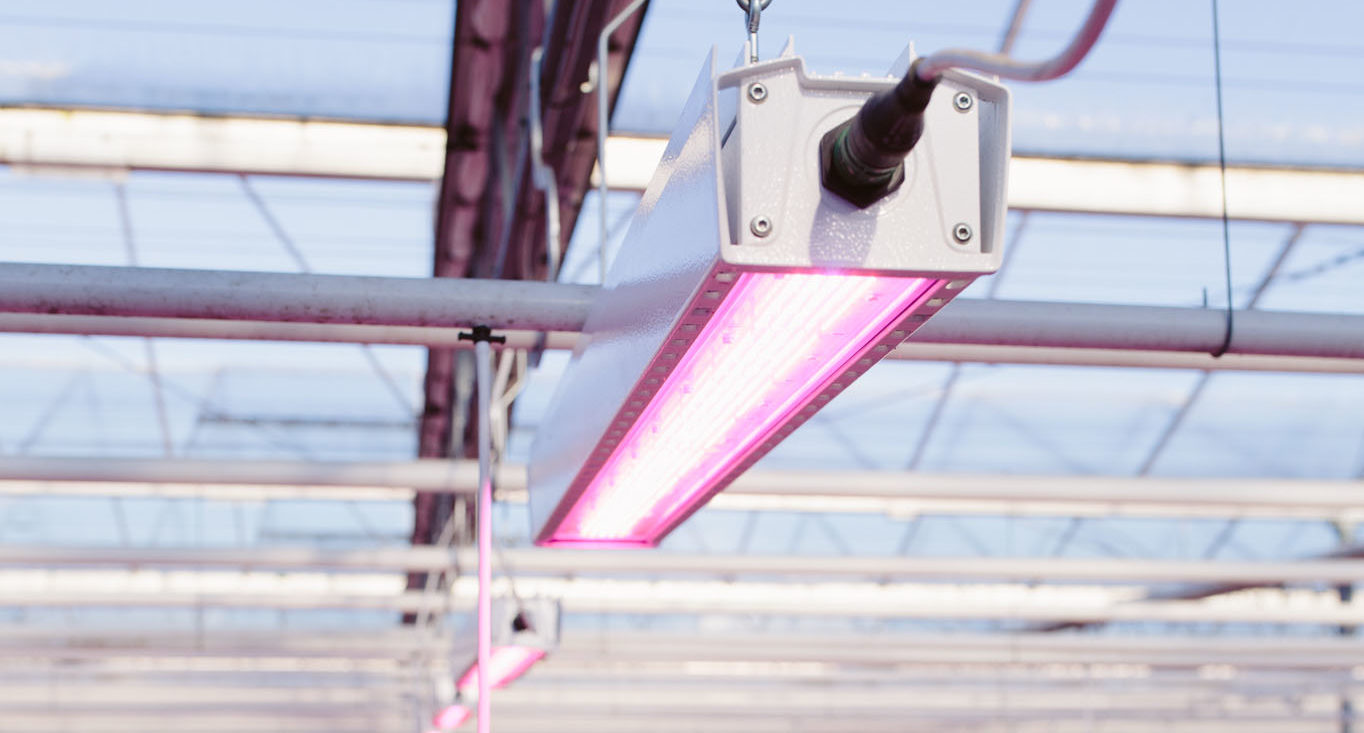Many growers are looking to switch from HID technology (HPS and MH luminaires) over to LEDs for increased energy savings, reduced heat output, longer lifespan, and greater spectral efficiencies. While LEDs can offer many advantages over HIDs, there are several things a grower should know before jumping in. Since LEDs can cost 2-3 times more than HID luminaires, knowing how to manage costs and your crop growth is imperative to finding success with growing under LEDs. Below we have outlined 6 things to consider as you move from HID to LED technology.
1. You may need to change up your growing environment. While LEDs use up to 40% less energy than an HPS, you may need to make up some of that in increased heating costs during cold, dark months. This is because LEDs do not emit heat as an HPS. Growers who depend on the heat from HPS lamps to offset heating costs and/or for plant development will need to compensate in the winter. The lack of radiant heat from LEDs can also affect your watering schedule and nutrient management. In the case of watering, many growers require less than growing under HPS lamps. However, this will depend on your particular application. Nutrient uptake can also be affected, so monitoring your EC and performing regular scouting is essential to ensure your plants grow healthy.

2. You may need to add additional infrastructure, such as wiring and track or truss, to hang the LED luminaires because there is currently no one–to–one replacement of HPS to LED. In many cases, you may need 2-3 LEDs for every HPS because of how they distribute light over the crop. HIDs use reflectors to create a wide, diffused illumination field over the crop. Since LEDs lack reflectors, they create a more directional, focused light distribution, meaning you will need more luminaires to create the same uniformity over the crop. It is always recommended to have a professional lighting company create a customized light plan that will help show the best coordinates to place the lamps to get the highest uniformity.
3. Consider a hybrid HID-LED application. This is a great solution for growers who want the benefits of both technologies. A hybrid application allows you to take advantage of the diffuse light and radiant heating from the HPS luminaires during the winter months while turning on the LEDs in spring without having to heat the greenhouse. This is perfect for vine crops, cannabis, and ornamental production, which rely on the radiant heat in the winter. Another point to consider is that, because of the directional distribution of light, you will likely need to install additional wiring and/or track to hang the lights in a full LED transition. However, in a hybrid solution, you can help lower your capex costs by using existing infrastructure to hang the LEDs, allowing for a shorter payback period.

4. Be sure to take advantage of local rebate programs, which can help you save on upfront costs. By installing a DLC-listed luminaire, such as our HortiLED Top 2.0, you may be eligible to save on lighting equipment costs when buying new LEDs. Growers should speak with their sales manager and/or energy provider to see what rebates they have available.
5. Consider the design of the luminaire. LEDs can be built with either an external or internal driver. Having an integrated internal driver, like with the HortiLED Top 2.0, means less shadowing on the canopy and more light hitting your crop. As we know, every 1% increase in light equals a 1% increase in plant yield. Having an internal driver also means you can reduce installation and maintenance costs, which can affect your ROI.

6. You will still need to perform some yearly maintenance. An LED luminaire can last up to 50,000 hours. But, you still need to perform yearly maintenance and cleaning. While LEDs boost a longer lifespan than HPS or MH lamps, they must be regularly maintained to keep them at their optimum and ensure you receive the greatest amount of PAR light. Just like with HID luminaires, dirt and dust can still build up on the LED lens, thus reducing the amount of light being emitted from your luminaire. To clean your LEDs, simply wipe off any build-up using a microfiber cloth and 1:100 vinegar-water solution (Do not use commercial cleaning products, soaps, or detergents). For more information see our maintenance video here.
An extra tip is to set up a trial area in your grow space so you know what to expect when you go fully LED. Once you know how your crop grows under LEDs, you can better control areas such as yield, quality, and growth. To get started on your transition from HPS to LED, contact one of our local sales managers.


